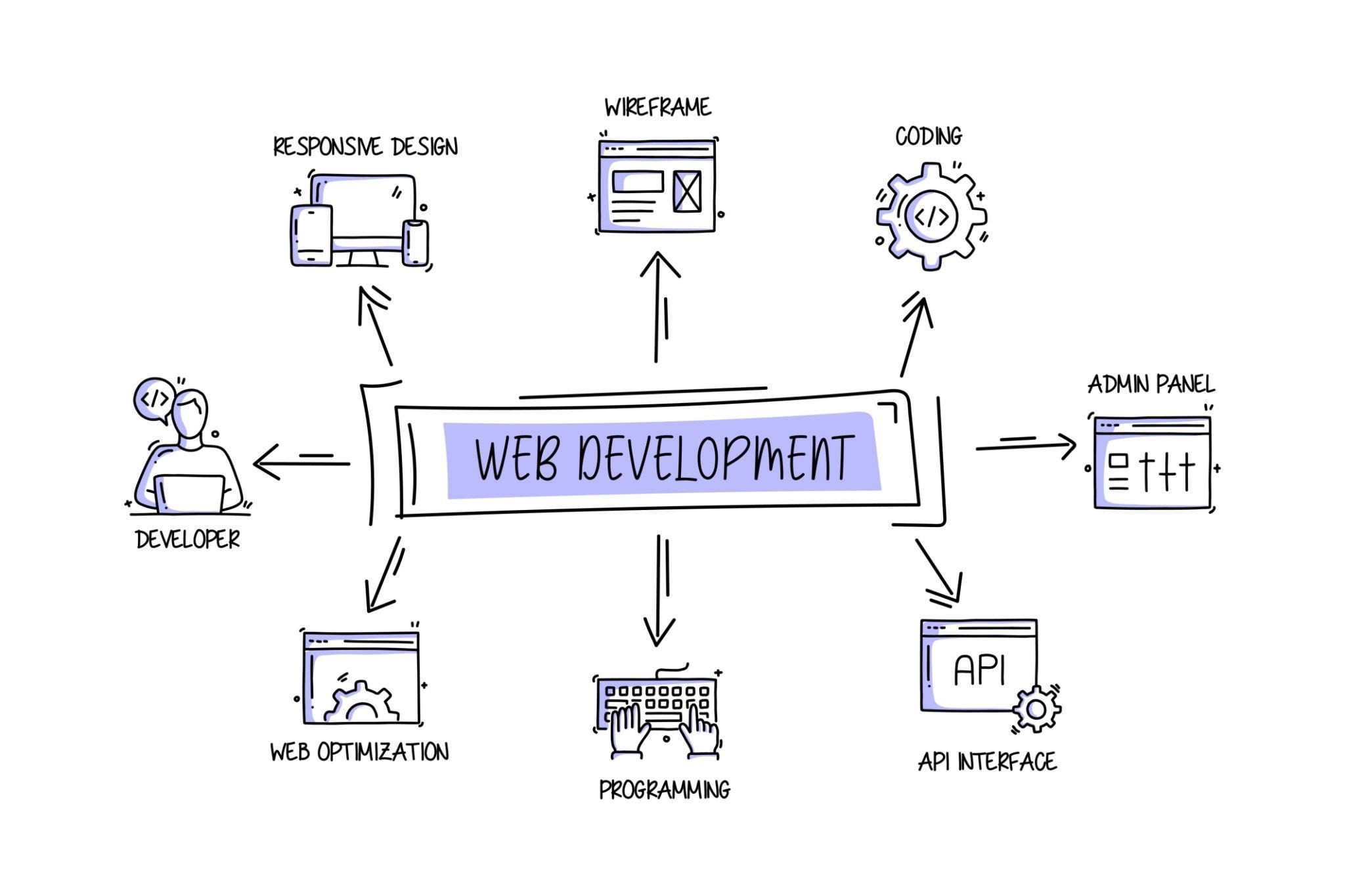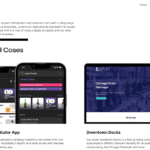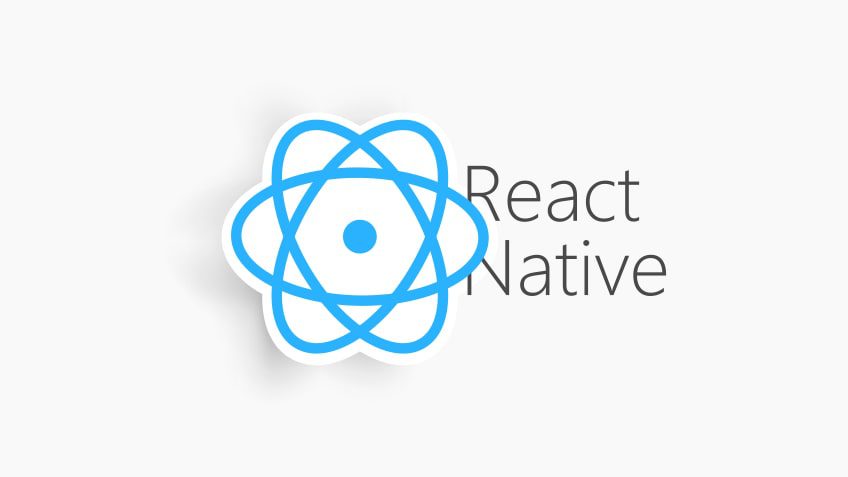
Selecting a technology stack for a startup marks a crucial milestone. The technologies chosen should not only facilitate the swift implementation of core functionalities but also possess scalability to accommodate future growth and adaptability for future modifications. Let’s delve into the technologies commonly used by startups in the market.
Web Development Technologies
When it comes to creating web applications, there are numerous technology options available that can help you build a performant and reliable product. However, certain technologies have gained popularity among startups due to their ability to streamline the development process through an enhanced developer experience.
Python is a versatile language that offers clean and readable syntax, making it easy to understand and maintain. Python frameworks like Django and Flask provide powerful tools and libraries for building scalable web applications. Thanks to its built-in features and integration capabilities it’s suitable for various web development tasks, including server-side scripting, data manipulation, and web scraping.
Another option is Ruby. It gained fame with the Ruby on Rails framework, which offers a convention-over-configuration approach for building web applications. Ruby on Rails provides a robust set of tools and features for web developers and helps them quickly implement common functionalities, reducing development time and effort.
When talking about technologies for web development, we cannot skip Node.js. Being a powerful runtime environment, it enables server-side JavaScript execution. Node.js provides a scalable and event-driven architecture, making it ideal for building fast and efficient web applications. The key advantage of using Node.js for startups is that it allows you to use the same programming language on both the client and server sides, promoting code reusability and faster development.
Technologies for Cross-Platform Development
There are two main players in the cross-platform app development market: React Native and Flutter.
React Native allows developers to use JavaScript and React to create native-like mobile applications that can run on both iOS and Android platforms. It leverages a single codebase, enabling developers to write once and deploy on multiple platforms, saving time and effort. React Native app development is great for MVP or PoC with a straightforward client-server architecture. Airbnb and Instagram apps were built with React Native.
Flutter was created by Google as an open-source UI toolkit. In some ways, it’s more flexible than React Native since it provides a rich set of pre-built widgets and components. Flutter developers use the Dart programming language that focuses on performance and efficiency. Flutter offers fast development cycles, hot reload functionality, and native-like performance, making it a popular choice for cross-platform app development. Nubank and Etsy use Flutter for their projects.
Mobile Development Technologies
Swift is the modern programming language developed by Apple specifically for iOS development. Today it surpasses its legacy competitor Objective-C. Swift was developed with a focus on security in mind. Its open-source nature allows for rapid language evolution, bug fixes, and performance improvements.
Java has been the primary language for Android app development for many years. It has a great ecosystem of libraries and frameworks. However, today we have a more innovative player in this market. Kotlin is a modern programming language that has gained significant traction in Android app development. It is fully interoperable with Java and offers concise syntax, enhanced security, and improved developer productivity. It is now officially supported by Google as a preferred language for Android development.
Wrapping Up
When choosing a tech stack for your startup, several factors should be considered. First, take into account the nature of your product and its specific requirements, such as scalability, performance, and security. Evaluate the expertise and availability of developers in the chosen technologies, as well as the support and community around them.
Don’t ignore the long-term viability and flexibility of the tech stack, as well as any potential integration requirements. Finally, consider the cost implications, both in terms of licensing and development efforts. A thoughtful evaluation of these factors will help you select a tech stack that aligns with your startup’s goals, resources, and future growth.








